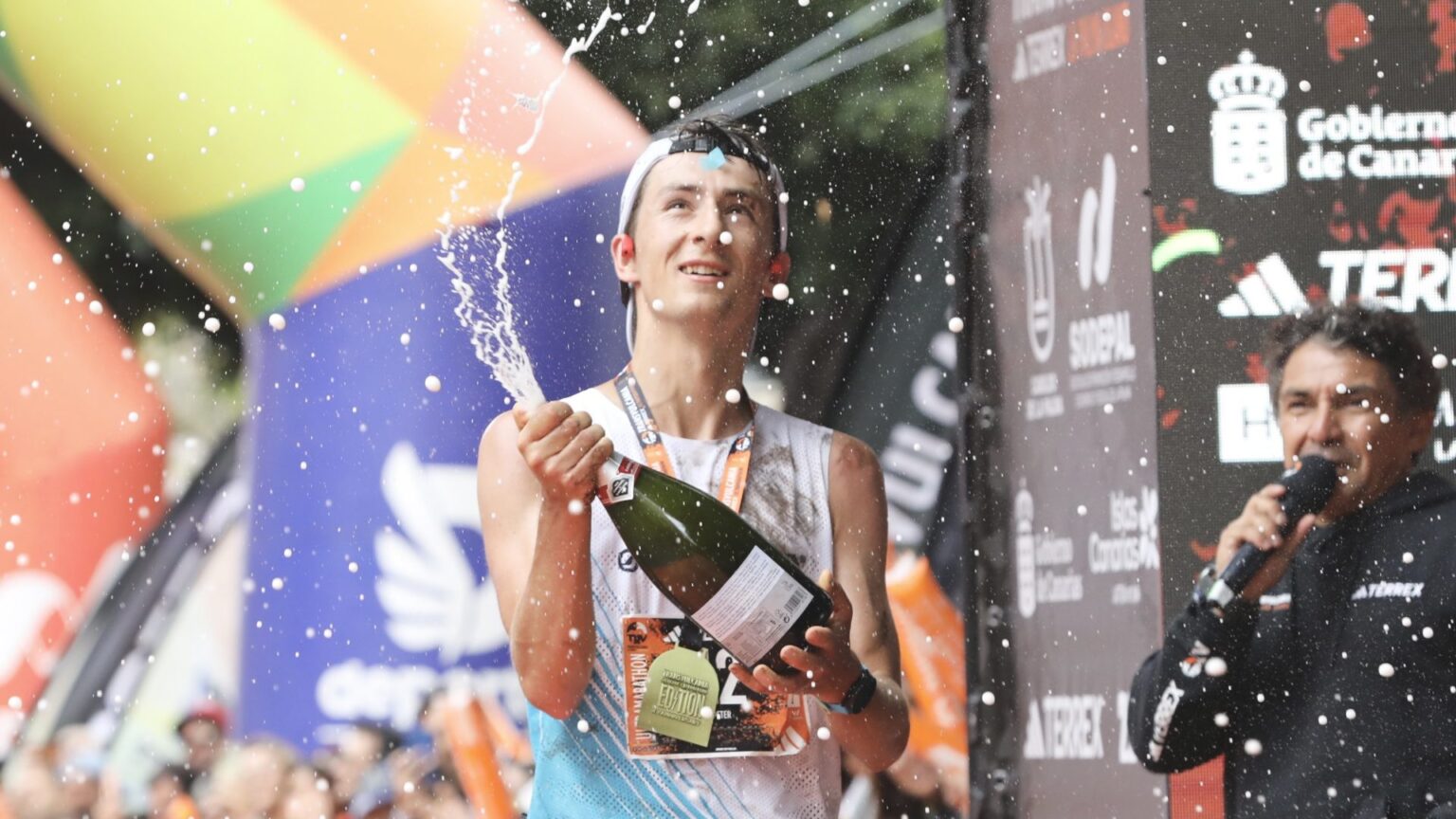Peter Fraňo of Slovakia recently clinched victory at the 2025 Transvulcania Ultramarathon, under challenging conditions. His insights can offer valuable lessons for experienced trail and ultrarunners preparing for various mountain races. The race’s unpredictable climate featured cold and wet conditions, prompting nuanced considerations for performance strategy and gear choice—elements vital for any athlete’s preparation.
Fraňo emphasized the unexpected chill on a typically warm location like the Canary Islands, noting that the demanding environmental factors influenced both his mental and physical approaches during the race. His absence of a mandatory windproof jacket was a gamble that paid off, but it highlights the necessity for runners to be prepared for a range of atmospheric conditions. Equipment reliability can significantly impact performance; ensuring that all gear—especially essentials like outer layers—aligns with expected race conditions should be a routine part of training planning. The takeaway here is clear: never underestimate weather variability, even in regions known for stable climates.
From the early moments of the race, Fraňo adhered to a pacing strategy that allowed him to stay with the leading group. His ability to manage effort in the initial kilometers was clearly advantageous, as he slowly progressed from a fifth position in the pack to take the lead. This highlights an essential tactical element: understanding one’s pacing and the importance of conserving energy for later stages in a race. Adjusting pace in relation to the competition is paramount; pushing too hard early on can yield diminishing returns at the race’s critical junctures.
When facing the more extreme elements—like the cold at higher altitudes—his focus shifted from mere survival to competitive strategy. Despite experiencing debilitating cold that impaired his ability to consume nutrition effectively, Fraňo’s mental fortitude allowed him to maintain his competitive status. The ability to recalibrate one’s focus under duress is a skill that can be honed in training. Incorporating simulations that mimic adverse conditions can prepare athletes to handle unexpected challenges in high-stakes races.
The interaction between Fraňo and his competitors is another noteworthy feature of his strategy. When Andreas Reiterer caught up to him during the descent, it sparked an important element of race dynamics: competition can often bring out improved performance. Staying engaged with fellow runners can push athletes to regain rhythm when fatigue sets in. For those training for mountain ultras, embracing competition as a catalyst can be an effective tactic in both training and racing scenarios.
Fraňo’s nutrition management throughout the race also illustrates how crucial hydration and energy intake become, especially when conditions affect physical capabilities. His decision to limit hydration during a critical downhill section serves as a reminder of the risks runners face when adapting their fueling strategies. In preparation for similar races, assessing hydration needs in relation to specific segments of course topography should be integral to any strategy; understanding when to push fluid intake versus when to maintain caution will ultimately support performance optimization.
Performance variability like Fraňo’s ebbed and flowed significantly based on altitude and terrain, demonstrating the importance of dynamic pacing strategies that account for elevation gain and loss. Runners should implement specific workout sessions that closely align with their target race profiles to better adapt to challenges presented by their chosen events. As Fraňo notably pushed ahead towards the end of the race—a decision based on perceived energy levels—this strategy captures the essence of racing intelligence.
Looking ahead, Fraňo’s future plans include participating in the Western States 100, displaying his continuing evolution as an ultrarunner. His commitment to utilizing each race experience as an opportunity for growth reflects a mature understanding of incremental improvement necessary for sustained performance. As athletes chart their paths through the ultrarunning landscape, recognition of which experiences yield actionable insights can foster strategic development toward peak performance.
The overall lessons from Fraňo’s performance illustrate a key takeaway for experienced ultrarunners: consistent evaluation and adjustment of both gear and mental strategies in response to environmental factors and competition dynamics are essential for optimal performance. The commitment to refine one’s approach, both technically and psychologically, prepares runners to tackle the unpredictable challenges of mountain ultras.
